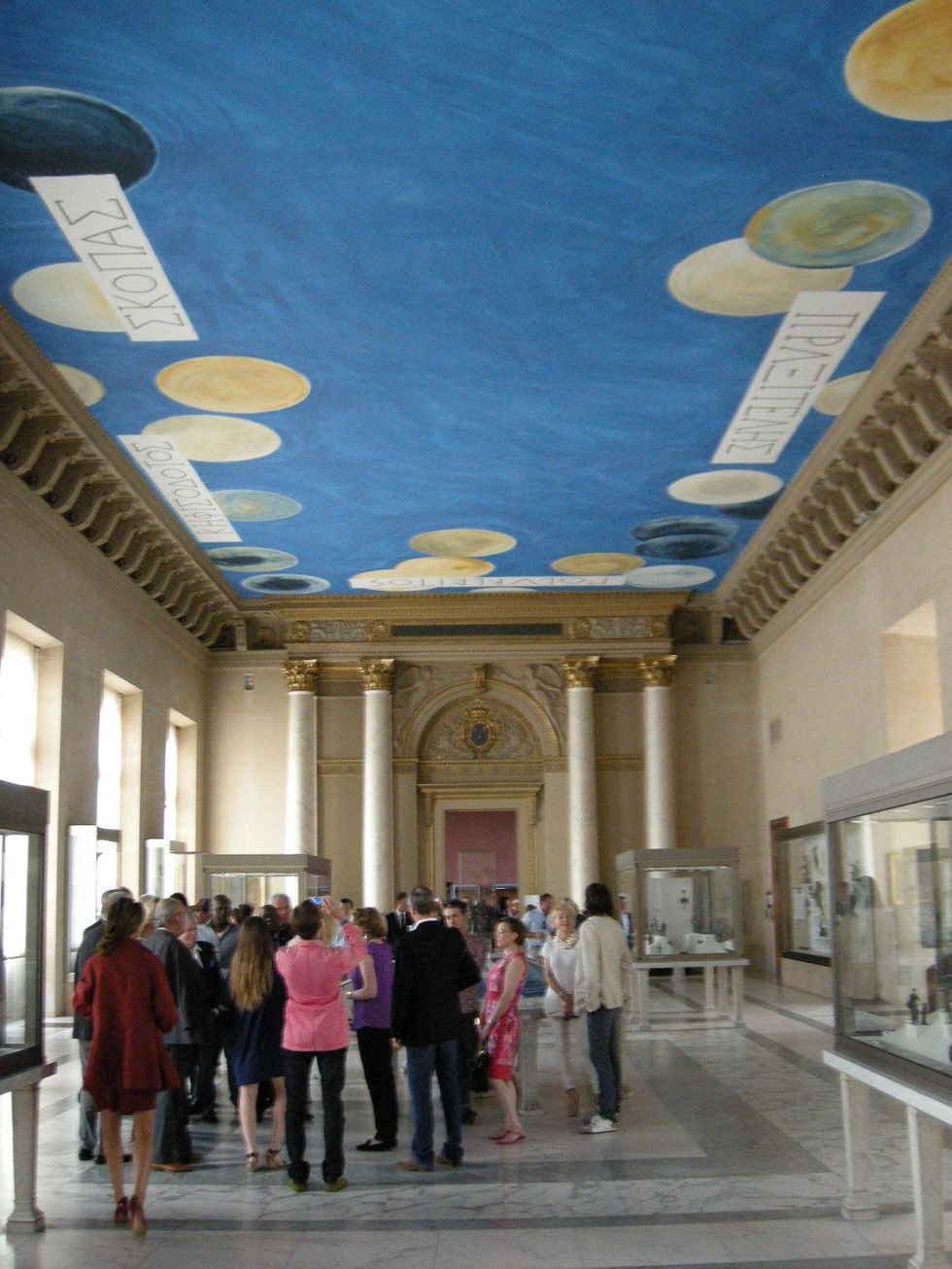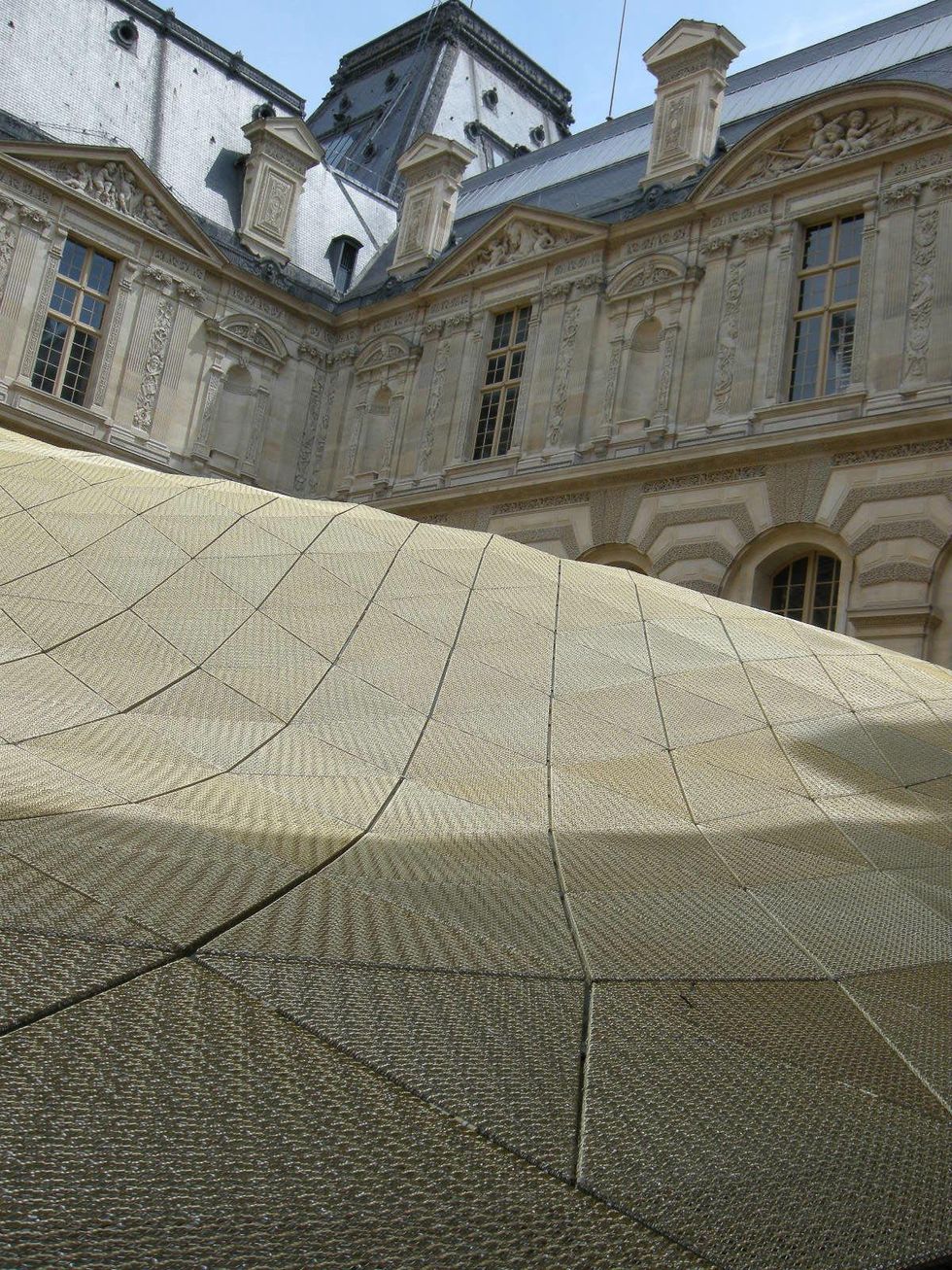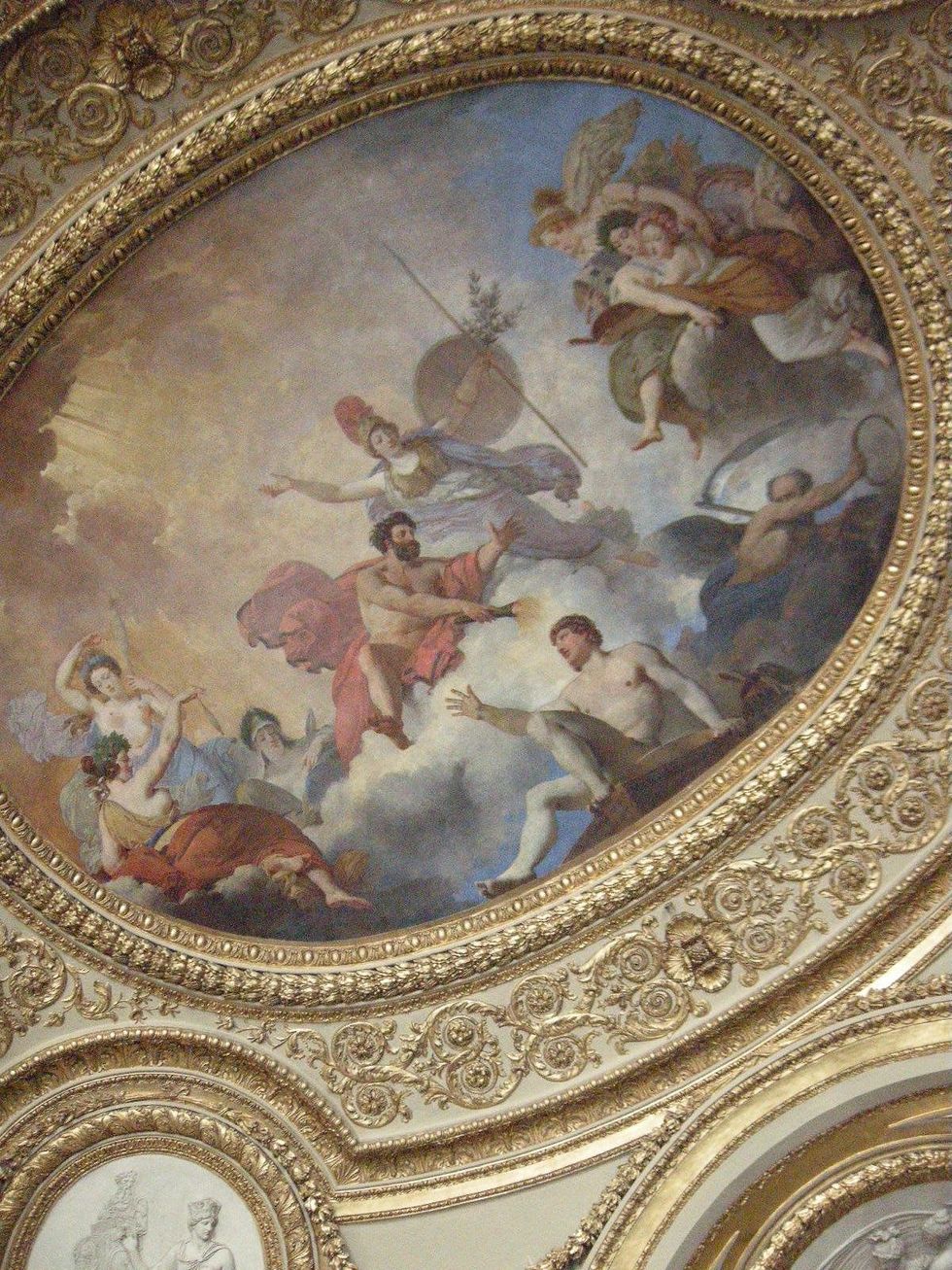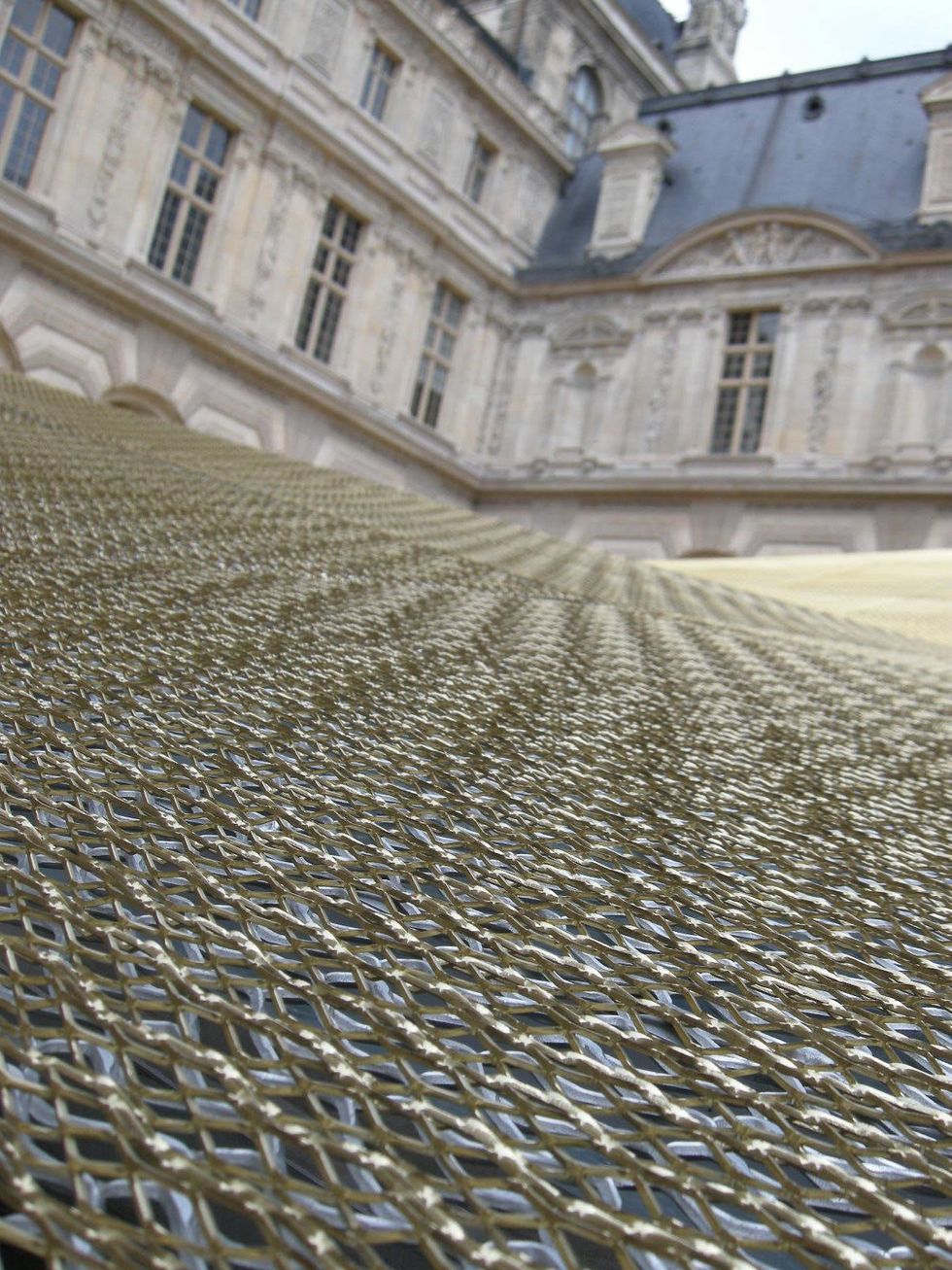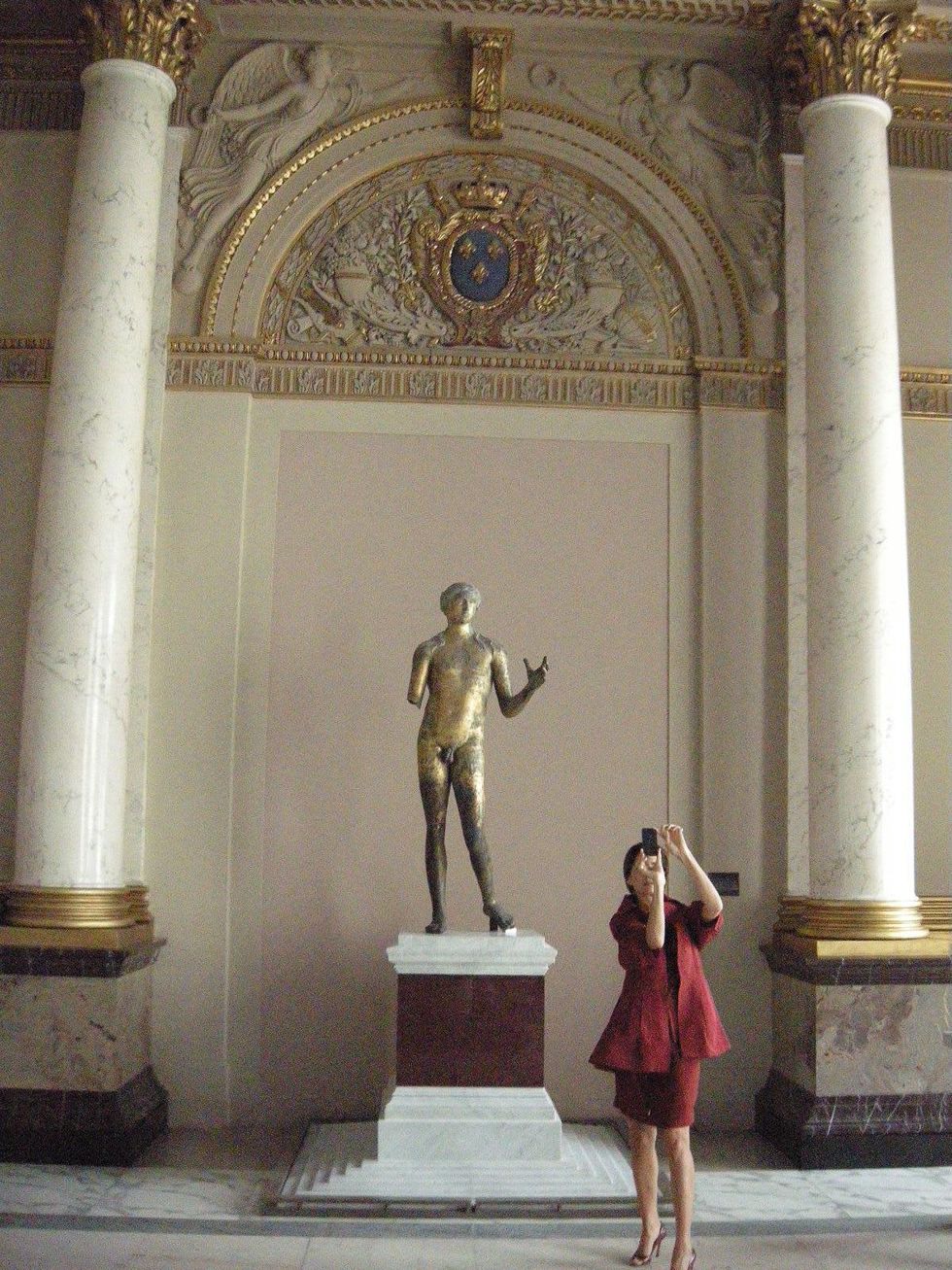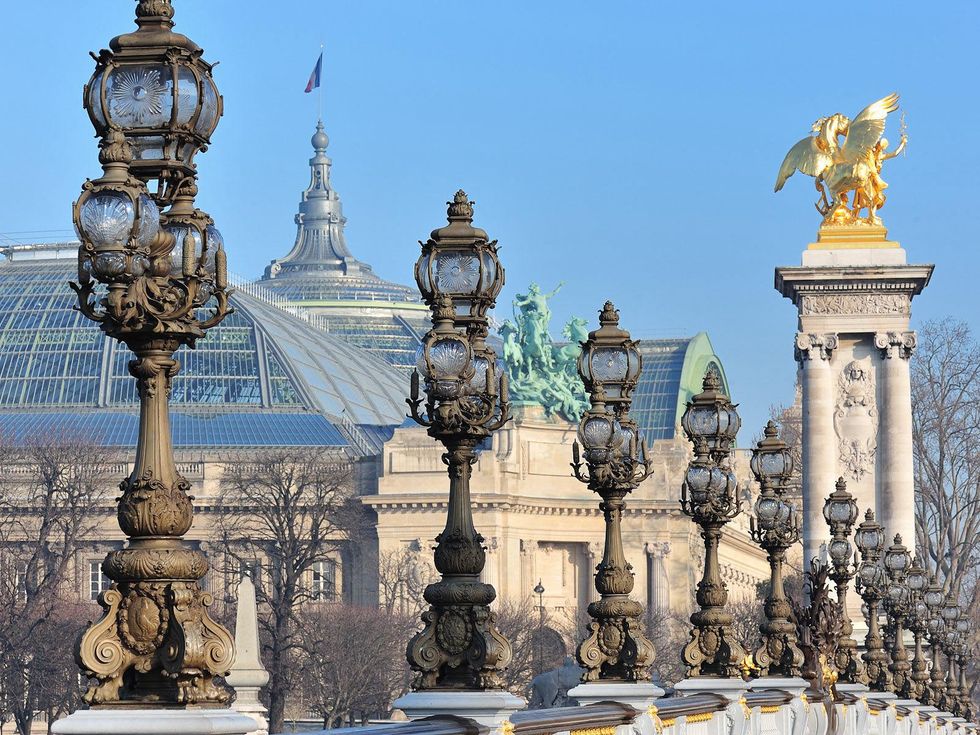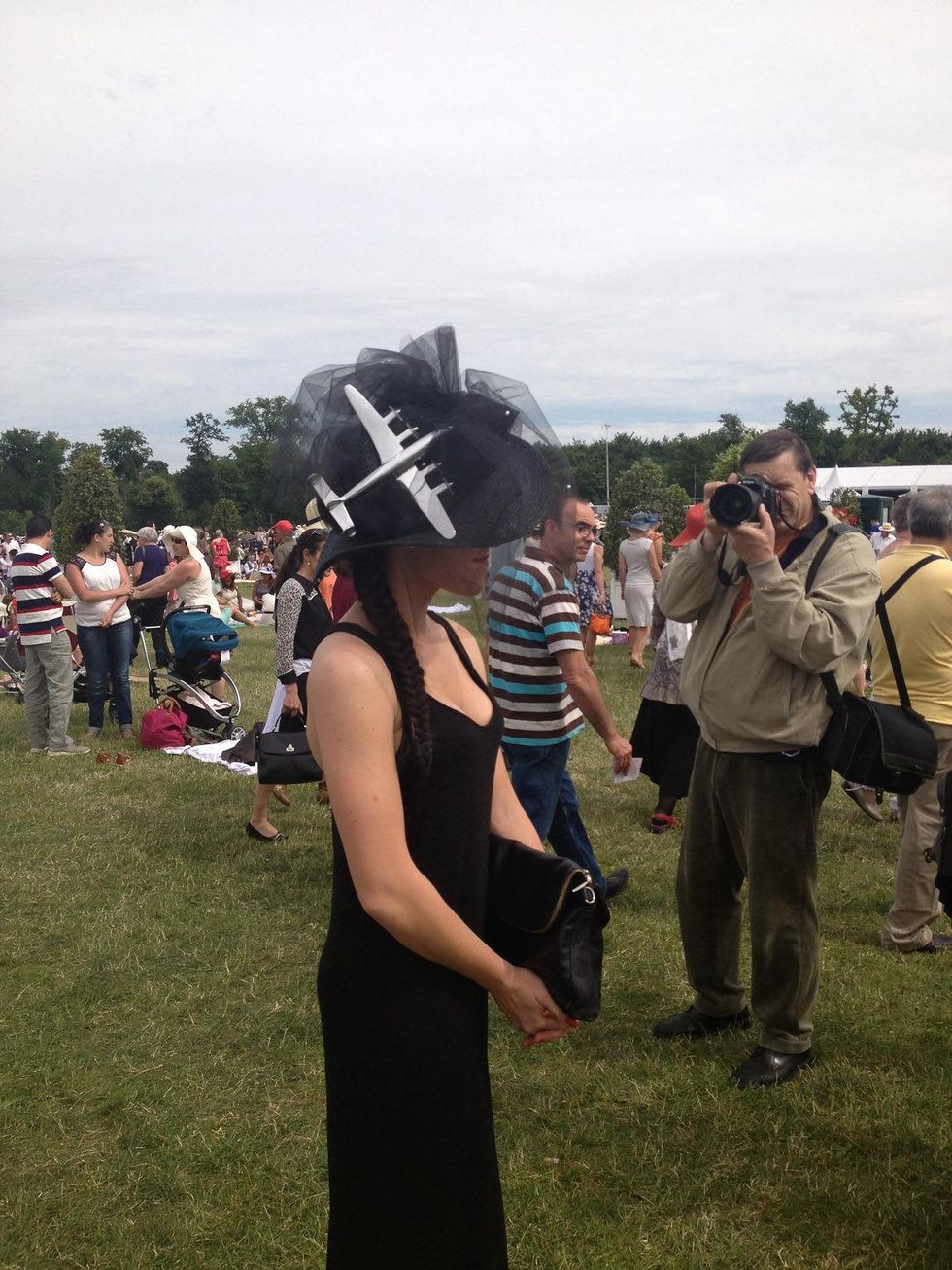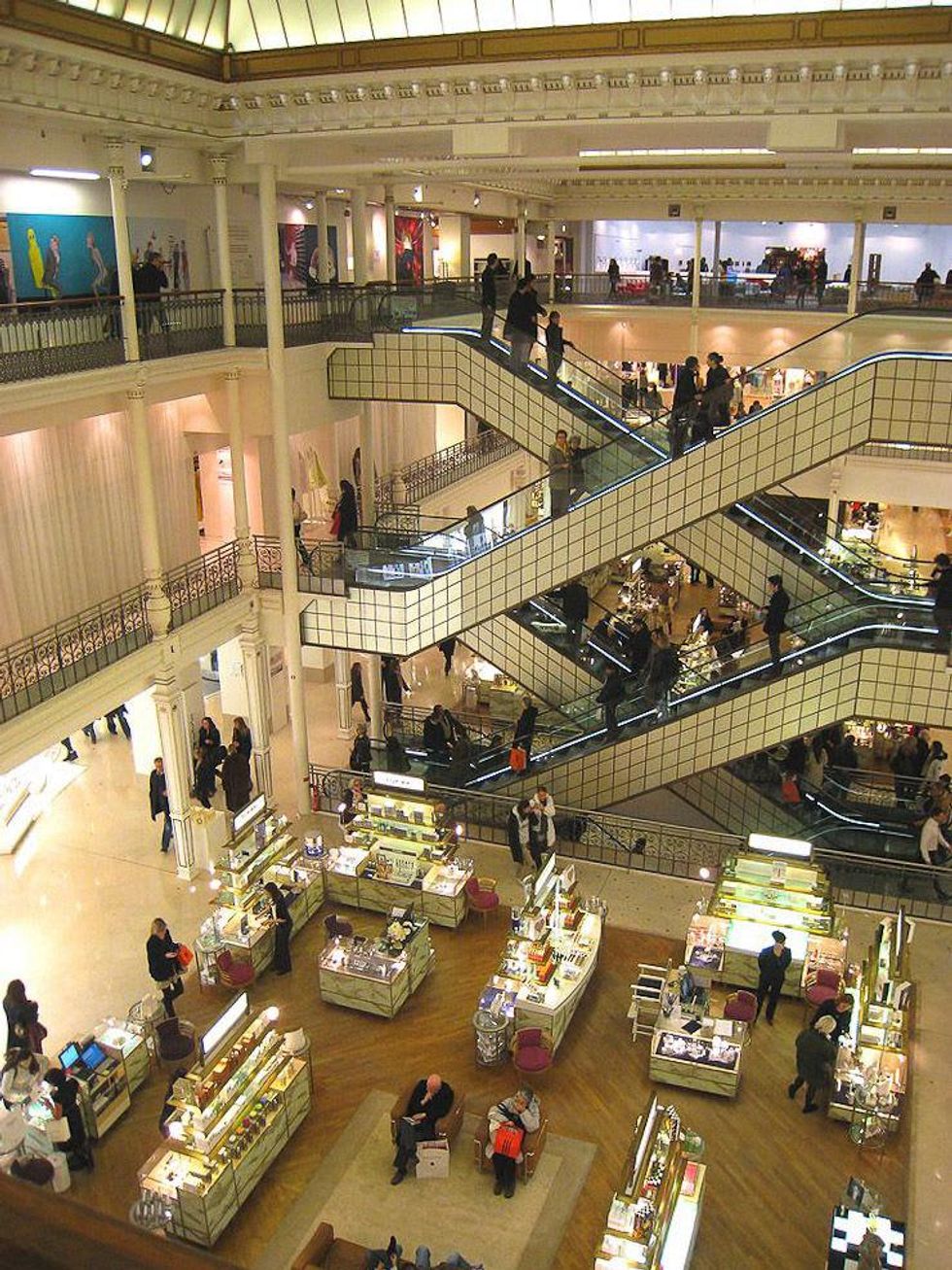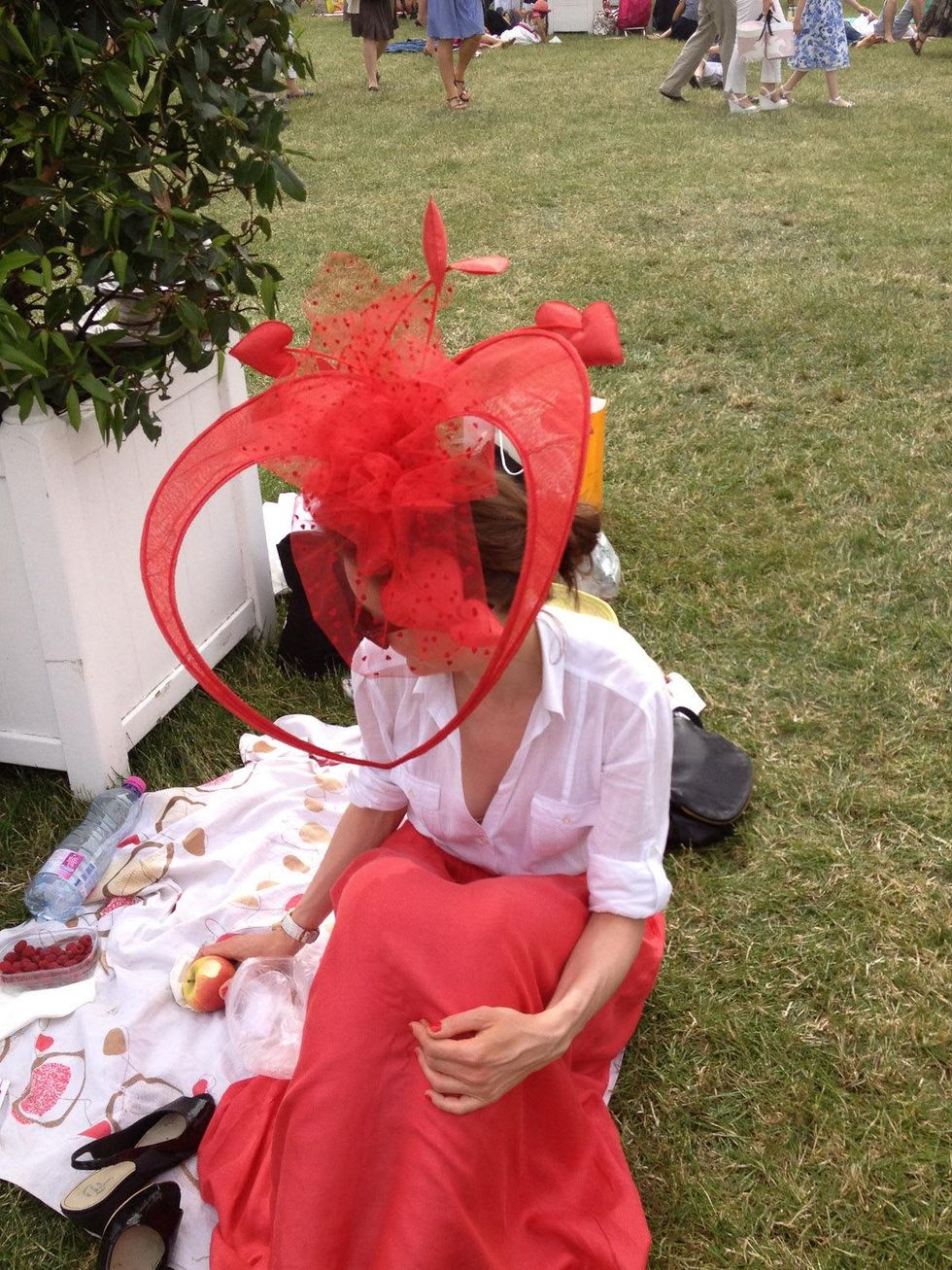Surprises Galore
More than Mona Lisa: Hidden highlights at the Louvre you don't want to miss
PARIS — While the Mona Lisa and Winged Victory are on the "must-see" list of anyone who visits the Louvre, other recent additions are equally as pleasurable. Last month's Liaisons au Louvre fundraiser included a private tour of the world's most visited museum that showcased several "don't miss" highlights.
Our group met near the Cour Carrée fountain in the magnificent rear courtyard and entered through a side door. Our tour guide explained that this part of the Louvre was begun by Louis XIV, who halted construction in 1672 when he moved the center of government to Versailles. The Louvre fell into a state of neglect for more than a century until Napoleon I expanded it to include many of the wings present today, including the Cour Carrée, where the Modern Sculpture Museum opened in 1824.
"Since forever, the Louvre has been a place for contemporary art," the guide said.
"Since forever, the Louvre has been a place for contemporary art," the guide said.
We stopped in a stairwell linking the Egyptian and Mesopotamian antiquities in the museum's Sully wing in front of a large painting by German artist Anselm Kiefer. In 2007, Kiefer installed the piece, titled Anthor, as the first permanent contribution to the Louvre’s décor since 1953.
The painting, which towers 30 feet high and nearly 15 feet wide, "portrays a naked man flat on his back under a starry nighttime sky; a faint beam of light runs between his solar plexus to the constellations." according to a description in the New York Times. The contemporary look of the painting contrasts vividly with the classic surroundings.
Antiquities and Twombly
We then strolled through the Department of Greek, Etruscan, and Roman Antiquities, with room after room of sculptures, terracota figurines, jewelry, art and other treasures spanning the period from the 4th millenium B.C. to the 6th century A.D. "We're walking through 3,000 years of Greek history," the guide said.
Anyone familiar with the scribbles of Cy Twombly might be surprised to learn that the placid ceiling was in fact designed by the famed artist.
An ambitious reorganization plan over the past 16 years has laid out the treasures in 10 rooms in chronological order. The galleries of Roman art are currently being reorganized in a project that is funded in part by proceeds from the Liaison au Louvre events.
Amid the Greek treasures in the Salle des Bronzes is a Mediterranean blue ceiling, with spheres and white insets inscribed with the names of classic Hellenic sculptors. The soothing 3,750-square-foot ceiling serves as a tranquil sky over the more than 1,000 works of art made from bronze and other precious metal.
Anyone familiar with the scribbles of Cy Twombly at the Menil Collection in Houston might be surprised to learn that the placid ceiling was in fact designed by the famed artist. Painted with the help of several artists and apprentices in a warehouse outside Paris, it was affixed like wallpaper to the ceiling, and received rave reviews when it was dedicated in 2010.
Islamic Galleries
The new Islamic Galleries, which opened last September, are a marvel, with a sweeping, encyclopedic review of Islamic civilization spanning 1,200 years of history, from the seventh-century dawn of Islam and its empires up to the early 19th century, across three continents from Spain to India. More than 6,000 pieces, including ceramics, calligraphy, carpets, colorful miniatures, inlaid metalwork and manuscripts, are featured.
Equally impressive are the surroundings. Architects Rudy Ricciotti and Mario Bellini designed a two-story glass and metal building (with one floor underground) topped by wavy metal roof over the Louvre’s 18th-century Visconti courtyard. The roof is actually a mesh canopy of 2,350 golden triangles held aloft by eight sloping posts. It has been likened to a Bedouin tent, a flying carpet, or a veil, fluttering in the wind. Like the glass pyramid entrance to the famed museum, it is quickly becoming a Louvre landmark.
